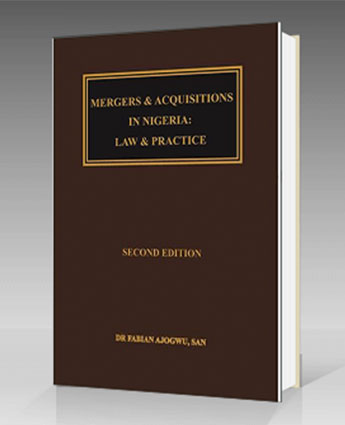As a crucial tool for expanding the operations of a company with a view to achieving long term growth, and increased revenue or profitability, the subject of mergers and acquisitions is no doubt an important one. The concept of mergers and acquisitions (M&A) only had minimal actual significance in Nigeria starting from the year 1982. This situation changed significantly after the Securities and Exchange Commission (SEC) began its operations in 1982, marking the beginning of regulated business combinations in Nigeria. Between 1982 and 1988, the SEC supervised thirteen mergers, including the mergers of Lever Brothers Nigeria and Lipton Nigeria, and John Holt and John Holt Investment. The prospects of mergers and acquisitions in Nigeria have continued to evolve since then.
M&A is an area that is as dynamic as the market itself, and and allows for deal and process innovations that spur new regulations. In dreaming up the shareholders rights plan, or the poison pill, in 1982 to give boards of a target company a chance to “level the playing field” and have time to weigh offers, renowned M&A lawyer, Martin Lipton explained that they “…had reached a whole new plateau of hostile takeovers, and there was really very little in the way of defense to them”. Lipton’s innovation did not come into popular use until after the Delaware Supreme Court cleared the path with a 1985 decision.
Different legislation have been passed to regulate business combinations, including the companies and allied Matters Act of 1990 and the investment and Securities Act of 2007, as well as some sector-specific Acts, such as the Banking and other Financial Institutions Act of 1991, the Insurance Act of 2003 and the Electric Power Sector Reform Act of 2005. In 2002, there was a merger of two important petroleum companies; Agip Nigeria Plc and Unipetrol Plc to form Oando Plc. However the most striking activities in M&A in Nigeria were undoubtedly the 2005 mergers that took place in the banking sector. These mergers were driven by the Central Bank of Nigeria’s 2004 directives to all Nigeria banks to increase their shareholders’ fund to a minimum of NGN25 Billion (US$208 million), from NGN2 Billion.
In eighteen chapters, I have tried to look at the meaning of mergers and acquisitions, the commercial background of M&A, issues of due diligence, principal legal documentation, as well as tax considerations against the background of Nigerian laws. Issues of valuation, intellectual property rights, and employee relations are critically examined from a Nigerian law and practice perspective. Takeovers, and takeover bids, private equity arrangements and collective investment schemes are given in-depth considerations as would governance, corporate control & pursuit of profits, and protection of shareholders, and ends with useful Nigerian case studies, court forms and templates, which are intended to serve as a guide-thread to the extensive literature on the transactional aspect of M&A. Recent trends in M&A as well as the implications of the International Financial Reporting Standards (IFRS) on mergers and acquisitions have been discussed in this edition.
In writing Mergers and Acquisition in Nigeria: Law & Practice, it was not my intention to provide a comparative survey of all elements of the subject. Rather my aim was to provide a practical guide on the law and practice of M&A starting from preliminary considerations through to the deal. There appeared to be a need for a source-book and practice-book, as opposed to a text book, so as to deal with the substansive law as well as give insights into the practice of M&A in Nigeria, deriving mainly from the investment and securities Act, 2007. All of this have brought dept and meaning to this book on M&A in Nigeria. This book lays no claim to perfection, and I therefore take full responsibility for any errors of omission or commission that may be found herein.
Fabian Ajogwu, SAN, Phd (Law) (Aberdeen) Lagos, June, 2014


